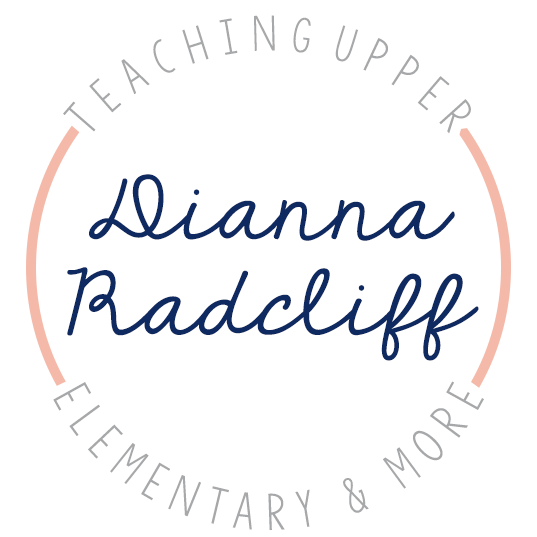
Hey Friends~
I’m back again for another summer book study with Amanda from The Primary Gal! I’m so excited! Let me just say, if you haven’t read this book yet, I HIGHLY RECOMMEND you do!
Chapter 4 was AWESOME!!! I loved this chapter!!! See I’m in the mindset of a Literacy Coach, so I’m torn. I “have to” focus on reading data & teacher growth on one side, but my other side is all about the mentality of a classroom teacher who loves portfolios to show student growth. All in all, there is a time & place for everything & we have to do what are job requires but yet do what are heart knows is best for students. People say it over & over, finding balance is the key to success!
So, Chapter 3 is all about improvement focus vs. grade focus. This play a HUGE role on student success. Students won’t be successful if they are not comfortable. Yes we have do give assessments, but all the other times, we really need to help students grow from where they are & most importantly be comfortable with just that. There were so many great key points in this chapter that I loved. My heart & mind couldn’t agree more.
Question: So how do you shift this decades-old paradigm for measuring accomplishment?
Here are my key takeaways from this chapter:
- Start by downplaying grades & placing priority on personal improvement – shift the focus from external motivation to internal motivation.
- Grades shouldn’t earn rewards or privileges, nor should they earn negative consequences or punishments.
- Every child needs to be encouraged to continue learning & improving.
- I want my students to work hard because they understand the value of the work, & it’s my job to help them understand that value.
- Skills & comprehension can be better assessed through observations while students are working.
- Teacher feedback is necessary for our students’ success.
- The best way to provide truly effective, personalized feedback is to constantly observe each student’s actions.
- As I work to build a relationship with each student, they come to appreciate the constructive feedback even more.
- Affirm that they will have more chances to do it better – and you have confidence in their ability to succeed!
- Done correctly, empowering students to run the classroom and direct their learning eliminates most discipline problems.
- In our classroom, we have one rule: “Be a good person.”
- Use: Character Counts, Seven Habits of Highly Effective People, Identify the Consequences.
- Rigor is different for each student.
- Constant improvement, rather than mastery, is our focus.
- Using ePortfolios.
- ePortfolios forced me to slow down, give the students an opportunity to explain to me, in writing or through video, what they’ve learned, & to create an emotional attachment by explaining what was easy or difficult, fun or boring, familiar or foreign to them.
- Each student’s ePortfolio provides me with an excellent cache of evidence that shows growth over time.
- ePortfolios & reflective questions challenge students to take their learning to another level.
- I’m asking them to internalize information & skills so they can use them for the rest of their lives.
- Homework Club gives options. Students can come to school early, stay inside during lunch or recess, or stay after school for thirty minutes.
- Students work independently, collaboratively, or with me during Homework Club.
- I believed my students’ abilities could grow exponentially if I could increase the amount of critical feedback they received.
- When you remind your students of the importance of critical feedback & give them enough time to be successful, they end up making you proud!
You really have to read this book! So many great tips, advice & examples!!! LOVE IT!!!





